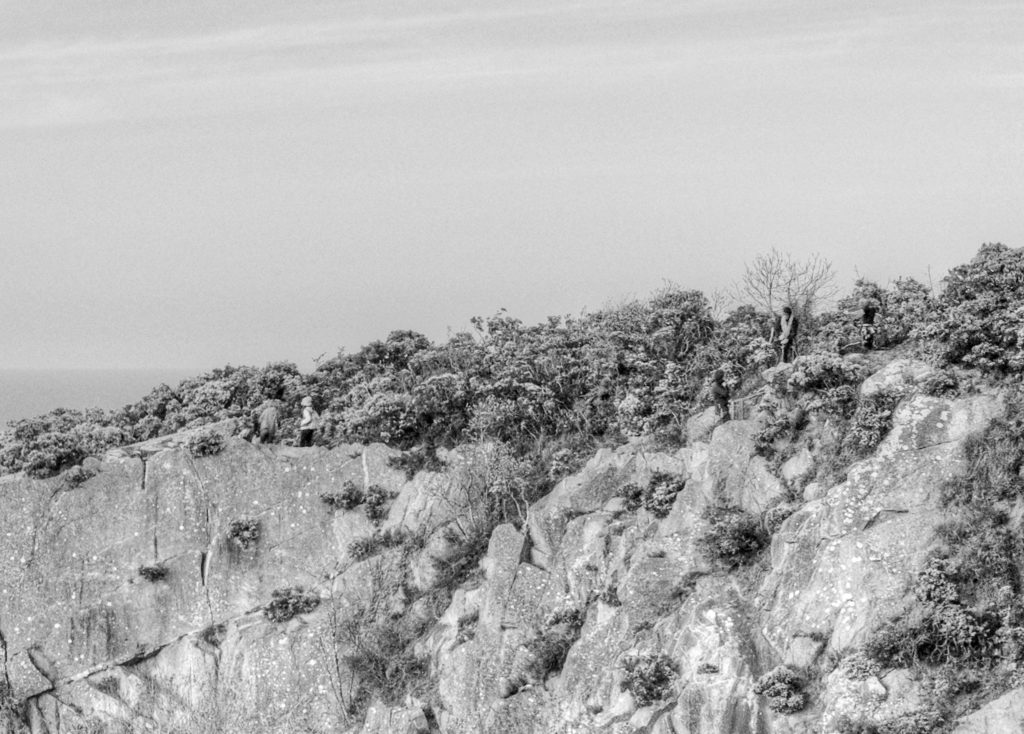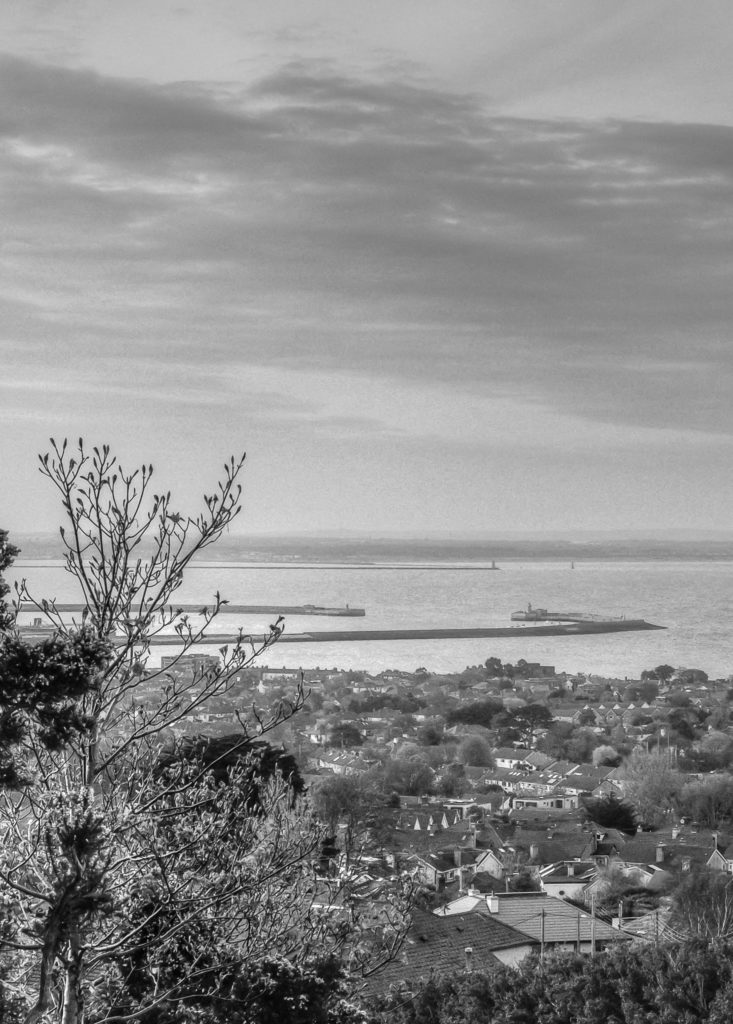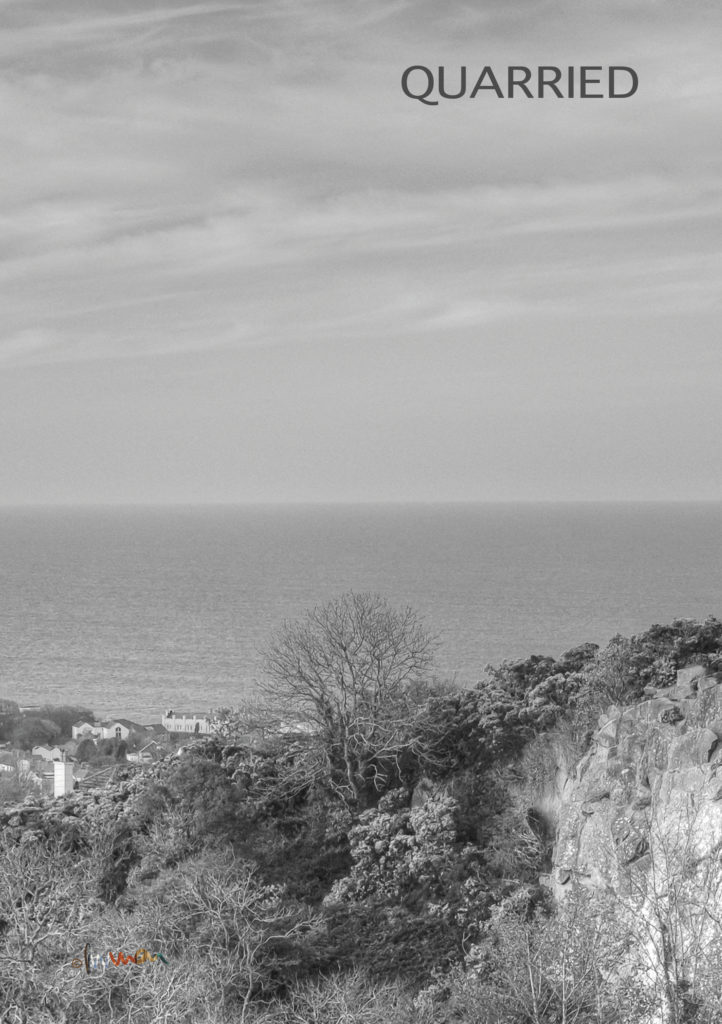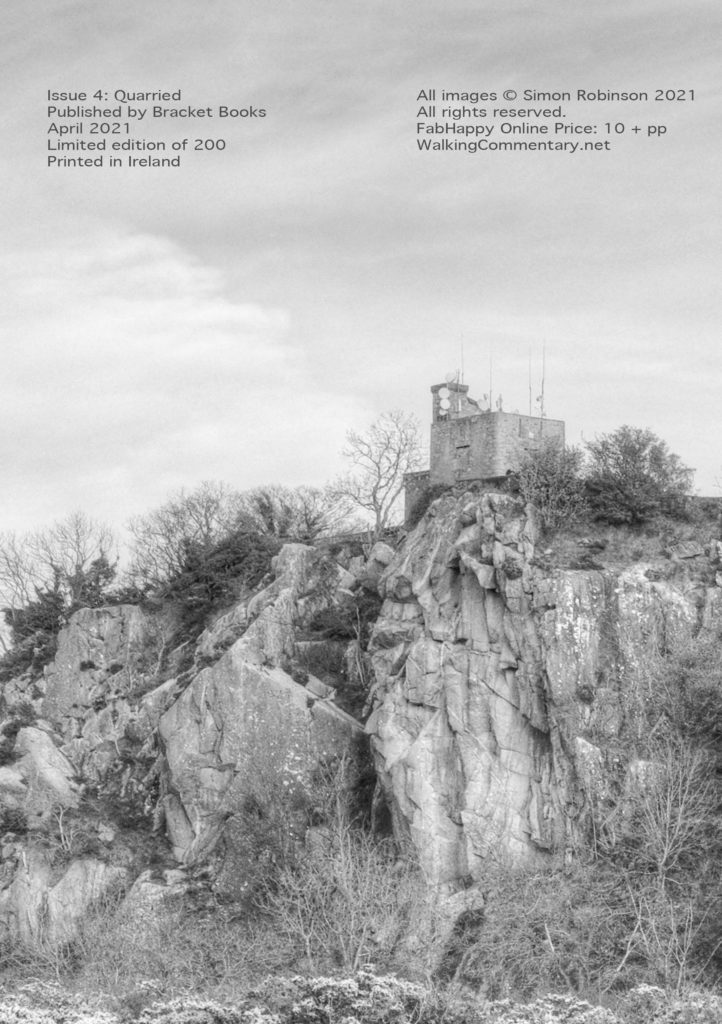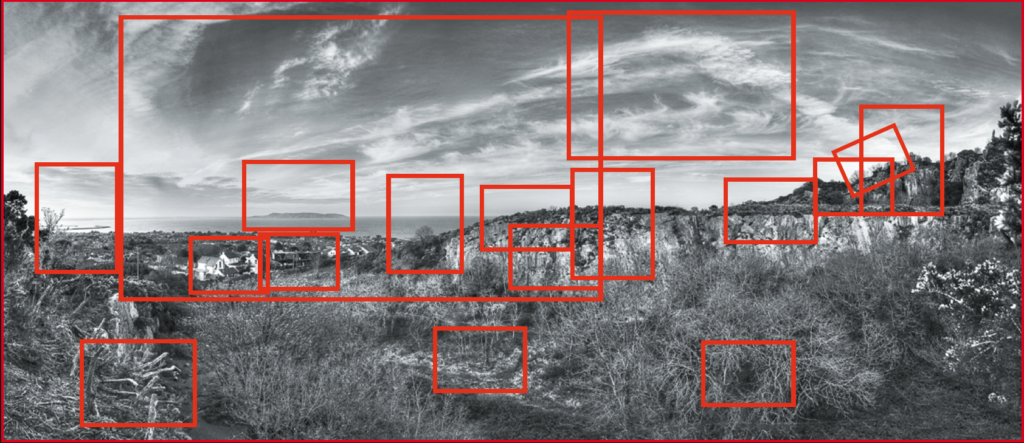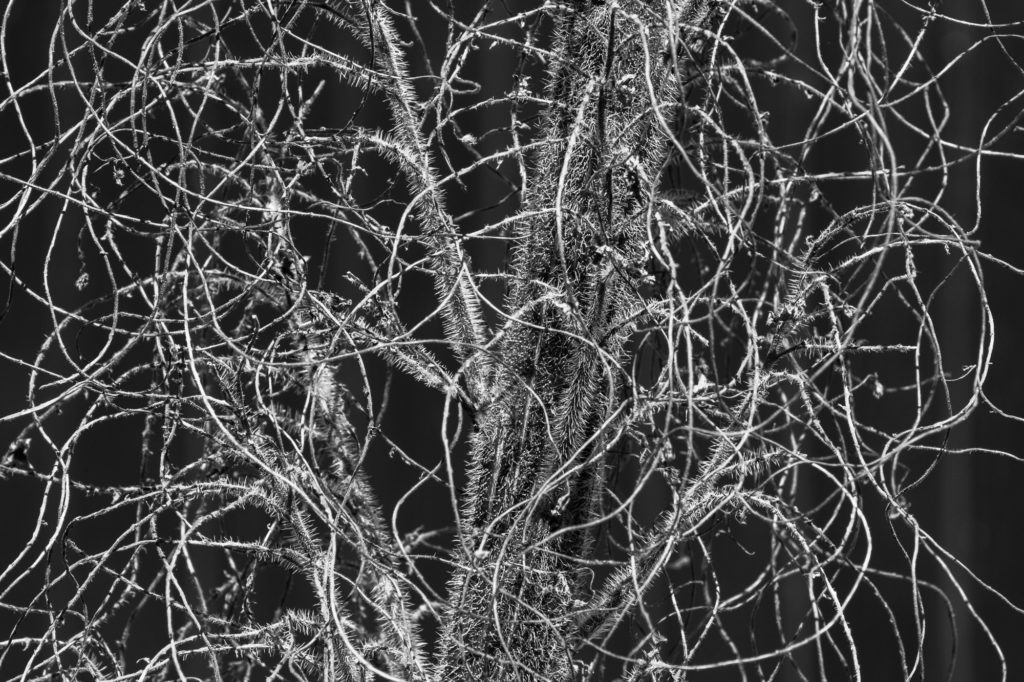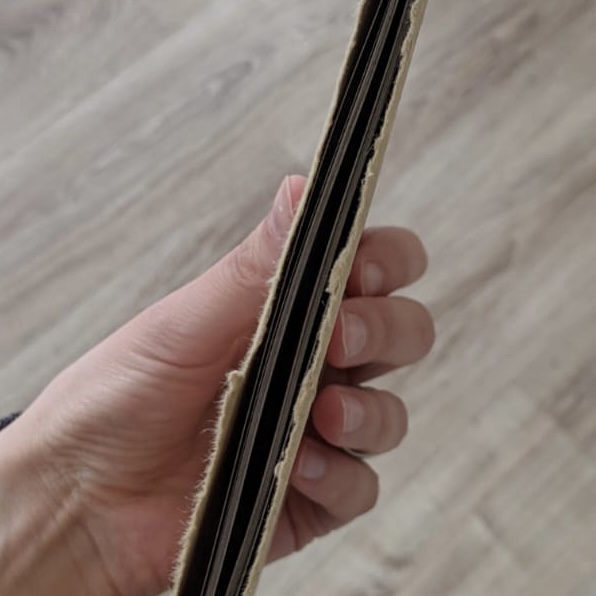The granite that forms Dalkey Hill was very close to where large amounts of rock were needed for construction in the early 1800s. The granite itself was located so close to the surface that it be could be quarried easily. And today, these strip-quarried exposures still being described by geology students in annual field trips, something I also did during my undergraduate years. It’s a place within public transport reach of several universities where keen observers can peer into the interior of a granitic pluton.
